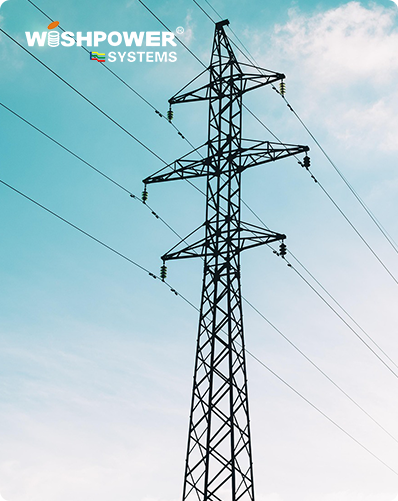

 Apr.16,2025
Apr.16,2025
 超级管理员
超级管理员
 198
198
Transformers are essential devices in electrical systems, used to adjust voltage levels for efficient energy transfer. But where are transformers commonly used? In this article, we explore the most typical applications of transformers across industries, homes, and specialized environments.

Transformers are widely used in power plants and substations to step up voltage for long-distance transmission and step it down before distribution. This reduces power loss and ensures safe delivery to end users.
Factories and manufacturing facilities use transformers to provide stable power for high-demand machinery. Industrial transformers help regulate voltage to match the specific needs of various machines and systems.
In commercial buildings and residential neighborhoods, distribution transformers reduce voltage to safe levels for lighting, appliances, and office equipment. They are commonly mounted on poles or placed in underground boxes.
Transformers are key components in solar farms and wind power systems. They adjust the voltage from variable renewable sources to match grid requirements, ensuring efficient integration into the national power supply.
Critical facilities like hospitals and data centers require consistent and clean power. Transformers provide voltage regulation and backup support to prevent outages and protect sensitive equipment.
Transformers are commonly used in power generation, industrial manufacturing, commercial buildings, homes, renewable energy, and mission-critical environments. Their ability to convert voltage efficiently makes them indispensable in modern infrastructure.
If you have a need for related product sourcing, feel free to leave us a message to get relevant information.

